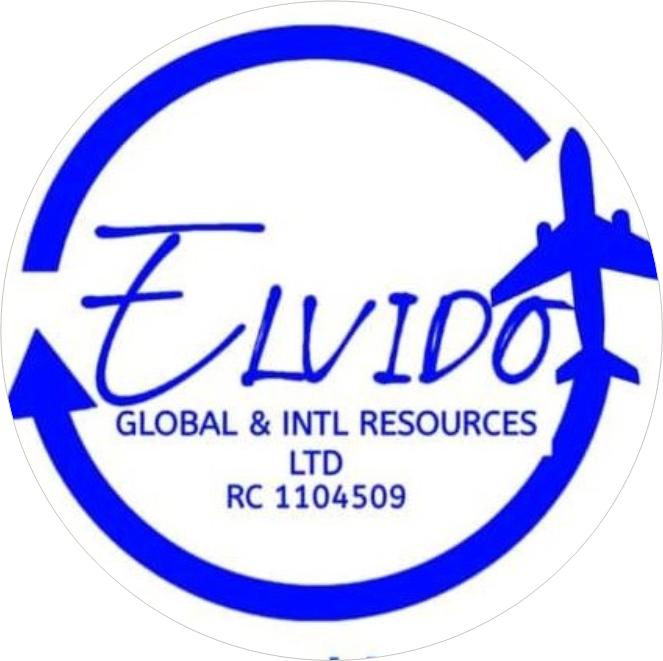In the realm of international travel, the phrase "visa on arrival" has gained immense popularity and recognition. Travelers across the globe are often intrigued by the prospect of obtaining a visa upon reaching their destination, without the need for a prior application at an embassy or consulate. This blog post will delve deep into the concept of visa on arrival, its pros and cons, and provide a comprehensive comparison with other visa types. So, fasten your seatbelts as we embark on a journey through the world of visas!
Understanding Visa on Arrival
What is a Visa on Arrival?
A visa on arrival (VoA) is a type of visa that allows travelers to obtain permission to enter a foreign country upon arrival at the designated entry point, such as an international airport or border crossing. This means that you do not need to apply for a visa in advance at an embassy or consulate of the destination country. Instead, you can apply for and receive the visa when you arrive at your destination.
How Does Visa on Arrival Work?
The process for obtaining a visa on arrival typically involves the following steps:
- Arrival: You arrive at your destination's international airport or border checkpoint.
- Application: You fill out the necessary visa application form, which is usually available at the entry point.
- Payment: You pay the visa fee, which varies depending on the destination and the type of visa you need.
- Processing: Immigration authorities process your application and grant you the visa.
- Entry: With the visa in hand, you are allowed to enter the country.
Pros and Cons of Visa on Arrival
Let's now explore the advantages and disadvantages of opting for a visa on arrival.
Pros
1. Convenience
One of the most significant advantages of a visa on arrival is its convenience. Travelers can decide to visit a country relatively spontaneously without the need for extensive visa application procedures.
2. Time and Cost Savings
Visa on arrival eliminates the need for travelers to make trips to embassies or consulates for visa processing, saving both time and money.
3. Flexibility
VoA offers flexibility as it allows travelers to change their plans more easily. You can decide to visit a new country or extend your stay without the constraints of a pre-applied visa.
4. Lower Risk
Since you receive the visa upon arrival, there is less risk involved. If your travel plans change or unforeseen circumstances arise, you haven't lost money on a non-refundable visa application fee.
Cons
1. Limited Duration
Visa on arrival may come with shorter validity periods compared to visas obtained through the traditional application process. This could mean more frequent renewals for long-term stays.
2. Uncertainty
While visa on arrival is generally straightforward, there is still a degree of uncertainty as approval is subject to the discretion of immigration officials.
3. Longer Processing Times
During peak travel seasons or at busy entry points, the processing time for visa on arrival can be lengthy, leading to frustrating delays.
4. Limited Access
Not all countries offer visa on arrival, and eligibility may vary depending on your nationality. Some travelers may not have this option.
Visa on Arrival vs. Other Visa Types
Now, let's compare visa on arrival with other common visa types, such as tourist visas, business visas, and e-visas, in a handy table format:
| Aspect | Visa on Arrival | Tourist Visa | Business Visa | E-Visa |
|---|---|---|---|---|
| Application | On arrival | At embassy/consulate | At embassy/consulate | Online |
| Preparation Time | Moderate | Longer | Longer | Short |
| Processing Time | Variable | Variable | Variable | Short |
| Validity | Typically shorter | Varies | Varies | Varies |
| Eligibility | Varies by country | Typically broad | Specific | Typically broad |
| Cost | Varies | Varies | Varies | Varies |
| Flexibility | Moderate | Limited | Limited | High |
Conclusion
In conclusion, a visa on arrival can be a convenient and flexible option for many travelers, but it's essential to weigh the pros and cons carefully. Your choice of visa type should align with your travel plans, destination, and personal preferences. Always check the specific requirements of your intended destination before embarking on your journey to ensure a smooth and hassle-free experience. Safe travels!



Do leave your comments